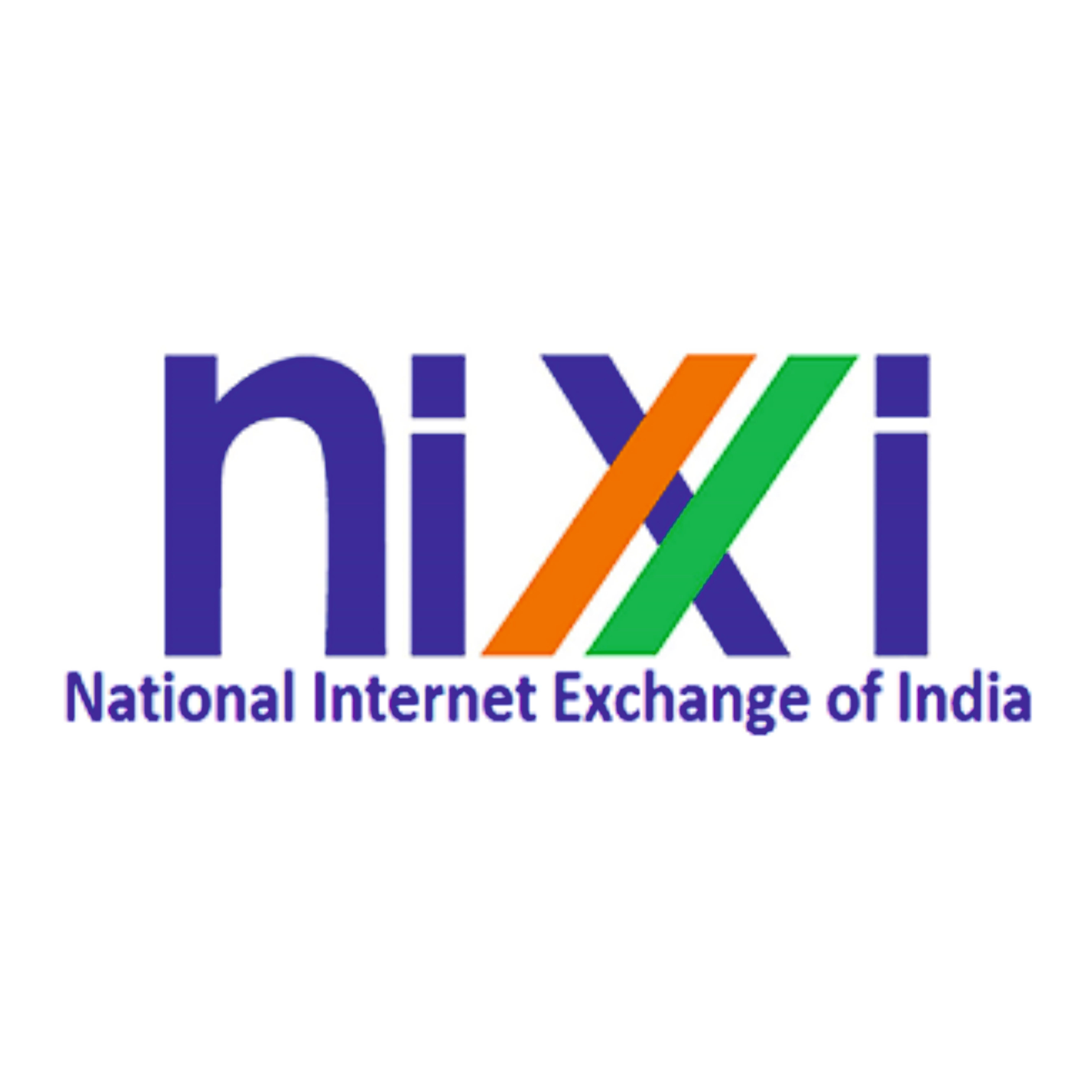Laid off during the 2008 recession, how this entrepreneur scripted a success story with his digital product design studio
3 Sided Coin helps companies and publications with the strategy, research and design for their digital products. Its current clientele spans across sectors like food aggregators, e-commerce, Edtech, and media, among others.
Much like the slew of digital transformations that followed COVID-19, the 2008 global recession changed the kind of businesses that were being launched across the world. Amidst the global meltdown, many US companies resorted to lay-offs as they cut down costs. For many Indians like Tejas Bhatt, who was working as a business analyst in a US-based company, that meant returning to India.
When Tejas came back to India in 2009, he observed how the country’s startup ecosystem was expanding and how digital products were gaining traction. The two factors coincided with the rise of e-commerce and internet connectivity.
An engineer by education, he spotted an opportunity in the demand for product design services for digital solutions. “I decided to use my knowledge of product design to start my design studio ‘3 Sided Coin’ in Ahmedabad. There weren’t many companies offering design solutions for digital products as most agencies in India focused on web development and programming," says Tejas.
Today, helps companies and publications with the strategy, research and design for their digital products. Its current clientele spans across sectors like food aggregators, e-commerce, Edtech and media, among others.
"Our clients come to us with ideas that leverage digital platforms to reach out to their customers. We research those problems from their users’ perspective and help them build strategies to solve those problems, and ultimately create prototypes of our solutions," says Tejas while explaining his business model.
Growing without the support of an ecosystem
Tejas describes his journey that started with a gamble. “When we started, the internet was a very new concept. People didn't know if the internet industry would boom like it did a few years later. Back in 2009, no one knew how it was going to develop into an ecosystem,” he explains.
Living in Ahmedabad didn't make it easier for Tejas, who found it difficult to connect and network with the right people as the city didn't have its own technological ecosystem.
What helped him grow was a focus on design and understanding the problems his customers were facing. "We studied how the Indian audience was adapting to digital products and platforms. This helped us understand our customers better while ensuring that we were ahead in terms of skills," he adds.
At the same time, Tejas leveraged the power of a website with an Indian domain name to spread the word about his design studio. Going against conventional advice of getting a .com domain, he opted for a .in domain name for 3 Sided Coin’s official website.
"We wanted to portray ourselves as a design brand from India. To do that, we had to make our location core to the context of our brand. We were told over and over again that we should get a .com domain name. The general perception was that clients generally don't trust .in brands," he says.
Charging ahead with new ideas
Plus, a .in domain name also made it possible for Tejas to get the name extension that he wanted. And, it's probably one of the key reasons why he would suggest aspiring entrepreneurs to go for a .in domain name.
“Around five years ago, there was a study that claimed that most of the single-word domain names were already taken. Going for a .in domain name solves this problem and lets you get the name of your choice for a website rather than other domains," he says.
He further reasons that people trust a .in domain a lot, especially for local e-commerce brands. "Look at Amazon, when they launched in India they also went for a .in domain name to gain the trust and strike a connect with people."
The decision went on to work in 3 Sided Coin’s favour as the brand started drawing attention from clients across sectors.
The National Internet Exchange of India (NIXI) has helped hundreds of businesses across sectors and sizes distinguish themselves as a brand with its .in or .Bharat domain — which is India’s Country Code Top Level Domain (ccTLD).
At a time when social media platforms are emerging as strong channels to reach out to a wider audience, Tejas feels that they can't replace the value added by a website.
"While social media is great to build brands and customer relationships, it’s nature is quite ephemeral. The average lifespan of a tweet is 18 minutes. It might be a little more for a post on Instagram or Facebook," says Tejas.
Talking about his studio's future plans, Tejas says a .in domain has helped in bringing many of his ideas to life. "For instance, we have plans for launching an online magazine on the underground music scene in India and have got a .in domain name for that as well."
He says that he and his team plan to reach out to the end users and work with them. "We want to use that experience and research to make more informed decisions," he adds.
The Shaping India Inc's Online Growth series chronicles the journeys of startups and SMEs in India and how creating an online presence on the .in or .Bharat domain powered their success stories.








